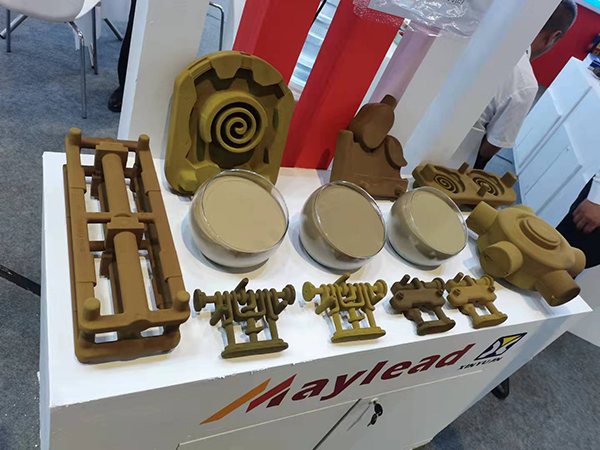The Role of Sand in Sand Casting
Sand casting is an age-old manufacturing process that plays a crucial role in the production of metal components across various industries. One of the most significant materials used in this method is sand. The choice of sand and its properties are vital in determining the quality of the final product. This article explores the critical aspects of sand used in sand casting, including its composition, types, and the impact it has on the casting process.
Composition and Types of Sand
The primary type of sand used in sand casting is silica sand, which is composed mainly of silicon dioxide (SiO₂). Silicon dioxide is not only abundant but also possesses excellent thermal resistance, making it ideal for casting processes that involve high temperatures. However, not all silica sand is suitable for casting. The grain size, shape, and distribution of the sand particles can significantly affect the casting outcomes.
In addition to silica sand, other materials such as olivine sand, zircon sand, and chromite sand may also be used in specialized applications. Olivine sand, for instance, is known for its high melting point and excellent thermal conductivity, making it suitable for high-temperature alloys. On the other hand, zircon and chromite sands have specific properties that enhance their usability in particular casting scenarios, such as reducing defects or improving surface finishes.
Key Properties Affecting Casting Quality
Several properties of sand directly influence the quality of the cast components. Among the most important are
1. Grain Size The size of the sand grains affects the mold's permeability, strength, and surface finish. Finer sand can produce smoother surfaces, while coarser sand can provide better strength and less likelihood of collapsing during the pour.
sand used in sand casting

2. Moisture Content The moisture levels in sand can impact its bonding capabilities. Properly moistened sand can enhance mold strength and reduce the likelihood of defects. However, excessive moisture can lead to gas formation during metal pouring, which can cause bubbles and other surface imperfections.
3. Bonding Agents In many cases, sand is mixed with bonding agents like clay or resin to improve its cohesiveness. Clay, such as bentonite, is commonly used to enhance the binding properties of sand molds, allowing them to maintain their shape under the weight of the molten metal.
The Casting Process
During sand casting, a mold is created by compacting sand around a pattern of the desired component. Once the mold is prepared, molten metal is poured into the cavity, filling it to create the final shape. After the metal cools and solidifies, the sand mold is broken away to reveal the cast component.
The choice and quality of sand play a pivotal role in this process. For instance, impurities in the sand, such as clay or organic materials, can lead to defects like sand inclusion or poor surface finish. Furthermore, the ability of the sand to withstand thermal stresses without deforming is essential to maintain the mold's shape during metal pouring.
Conclusion
In conclusion, sand is a fundamental material in the sand casting process, affecting every aspect from mold creation to the final casting quality. Understanding the various properties and types of sand can significantly enhance production efficiency and the quality of metal components. As technology advances, innovations in sand materials and mixtures continue to improve the sand casting process, helping manufacturers to meet the demands of modern industries more effectively. Whether in automotive, aerospace, or machinery, the significance of sand in casting cannot be overstated.
Post time:Aug . 14, 2024 07:39
Next:Step-by-step Guide on Creating Your Own High-Quality Foundry Sand for Metal Casting
